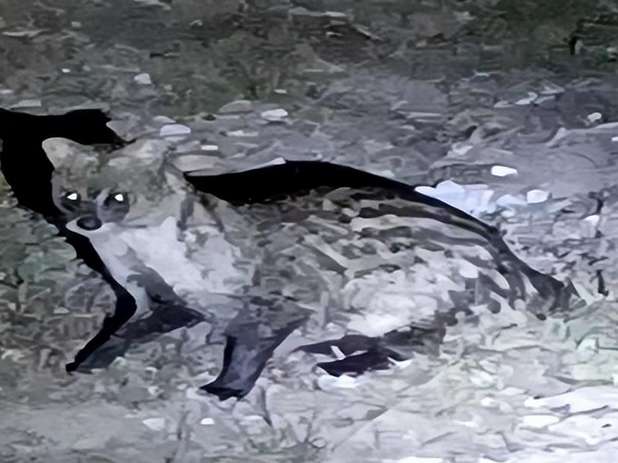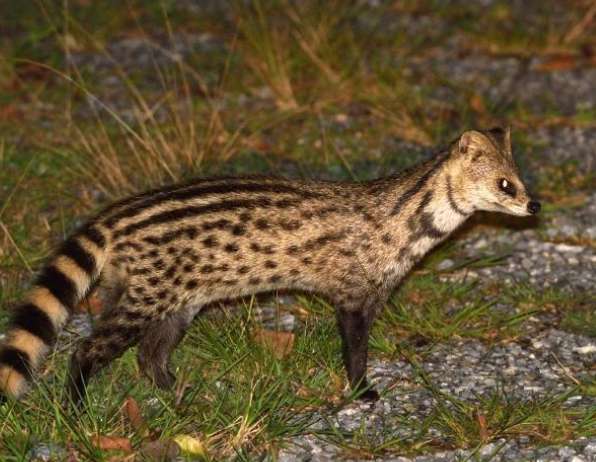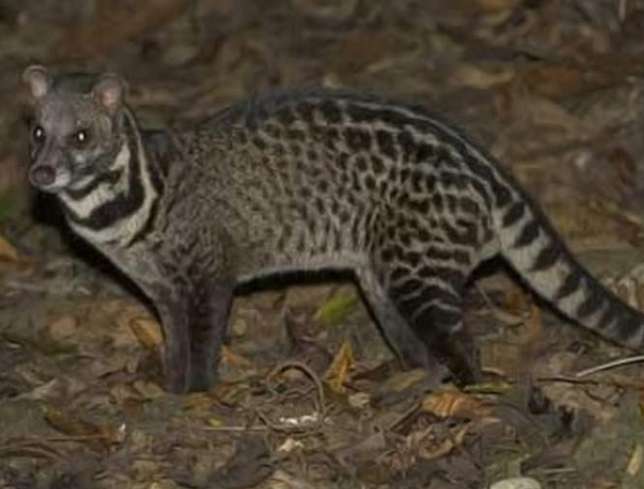Guangdong Zhongshan National Forest Park is located in the low mountains and hilly landforms of Guangdong and Guangxi. The terrain is high in the south and low in the north. The climate type is a subtropical monsoon climate zone. The forest coverage rate reaches more than 86%. It has unique geographical and climate advantages. Guangdong Zhongshan Forest Park is rich in natural resources.
There are 89 species of birds, 16 species of mammals, and 31 species of reptiles that have been identified within the scope. In Zhongshan and even the entire Guangdong region, Guangdong Zhongshan Forest Park is considered to be rich in wild animal resources. area. Many rare and exotic animals can be found here.

Although the ecological environment of Zhongshan Forest Park in Guangdong is relatively superior, the wildlife resources are also It is relatively abundant, but the only regret is that no trace of national first-level protected animals has been found here.
Until recently, this phenomenon has been broken, because the emergence of small civets has enabled the forest park to achieve a "zero breakthrough" in the national first-level protected wildlife.
While patrolling at night in Zhongshan Forest Park, Guangdong, they photographed a small civet cat on a slope. In the darkness of the night, its eyes shone as it stared at the patrol members warily. Later, it was identified by professionals and confirmed to be a small civet cat.
Resembling both a fox and a cat, it is commonly known as the "Seven-roomed Civet"
The appearance of the little civet further illustrates the good functional structure of the ecosystem of Zhongshan Forest Park in Guangdong. Judging from the pictures taken by the patrol team, this little civet should have reached adulthood. Its overall appearance looks like a fox and a cat, and it belongs to the civet family.
The appearance of a small civet is very similar to that of a big civet, but it is much smaller. It weighs 2-4 kilograms in adulthood, which is slightly larger than the average domestic cat. The main appearance features are a pointed and protruding muzzle, short and round ears, small but energetic eyes, and a narrow forehead.

The fur color is mainly brown gray or creamy yellow, with dark brown patches on the body Or black markings, the tail has seven alternating dark brown ring-shaped markings, so the little civet is also called "seven" among the people."Civet".
In the past, the number of small civets was relatively large, and they were found in many provinces in China, especially in Central China, South China and Southwest China, which were the main distribution areas of small civets.< /p>
However, later on, because of the high value of their fur and civet scent, they were hunted in large numbers by people. In addition, severe deforestation and habitat destruction caused the population of small civets to decline sharply. The number of small civet cats is very rare at present, and they are nocturnal, so it is difficult for people to find them.
In addition, because their appearance is very similar to cats, even if someone spots them, In many cases, it is mistaken for a wild cat or a civet cat.
It is timid and loves to live alone, and will fight when meeting
From the appearance, this animal gives people a kind of It feels very alert, and in fact it is so. Little civet cats are alert and timid, they stay out at night and are very sensitive to sounds. When they realize that there is danger in their surroundings, they will run away immediately.
They are very good at climbing. They can walk on trees as if they were on the ground. They can go up trees to pick fruits and even catch birds. Little civets have a relatively solitary personality and are even more lonely than most cats. They are always lonely on weekdays. Act alone.
Their food habits are relatively mixed, mainly animal food, supplemented by plant food. Mice, birds, fish, frogs, insects, etc. are the foods that little civets like to eat.
Little civets are different from being alert and timid in front of humans and other animals. As long as they see the same kind, they will often break out into fierce conflicts and bite each other.

Little civets have highly developed sac-like scent glands, especially males, which are larger than females. . When they go out for activities on weekdays, once they encounter enemies, their scent glands will secrete a yellow, extremely smelly secretion, similar to the "stinky farts" of animals such as weasels, thereby achieving the purpose of driving away enemies.
The scent gland secretions of little civets were originally their magic weapon to repel enemies, but unexpectedly they died because of this. Because these secretions are called "civet scent", they are precious spices and are highly regarded. Humans hunt a large number of people.
The "Master of the Tomb Sect" in the animal world
Little civets have strong adaptability and mainly live in forests, bushes, mounds, grass, etc. environment, but they can also be seen in some agricultural areas or near villages.
Because the main prey of small civets are small rodents such as mice, studies have shown that mice play an important role in the diet of small civets. The proportion reached 42.9%-91.7%, it is the natural ally of humans in killing rats in nature.
In the various environments mentioned above, mice often hang out, so it is not difficult to understand why little civets love to hang out in these environments.
Little civets are timid by nature and like to be quiet. Generally, dry, dark and clean environments are the places where little civets like to stay most. Such natural environments are hard to come by, such as some tree holes and rock holes, which have become the residence of little civets.
In addition, some human tombs in the wild also meet the characteristics of being quiet, dry, and clean, so small civets also like to live in human tombs, so they can usually be found near some ancient tombs. their figures.
When you see this, you may think of the Tomb Sect in "The Legend of the Condor Heroes". The little civet is the "leader of the Tomb Sect" in the animal world.
Globally, there is no good estimate of the population status of small civets. In China, small civets are mainly concentrated in the south, such as Jiangxi Province, which is the province where small civets are distributed.
As the results of the national ecological environment construction gradually become apparent, there is more and more information about the appearance of little civets. For example, in the past 2022, Yinglong Lake in Chongqing, Chebaling in Guangdong, and Xingshan County in Hubei The wild activities of small civets have been monitored in places such as Tingjiangyuan in Fujian and Yunkaishan in Maoming, and their population numbers are rising.